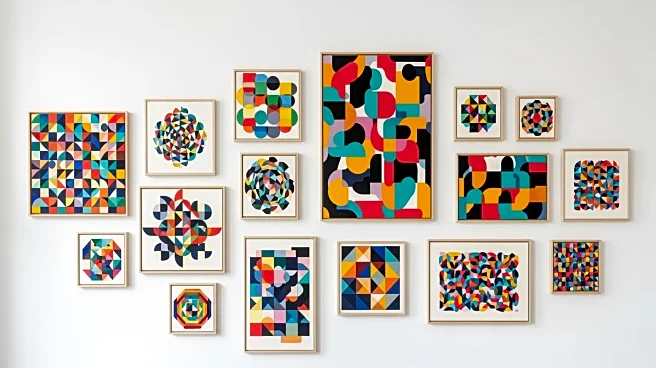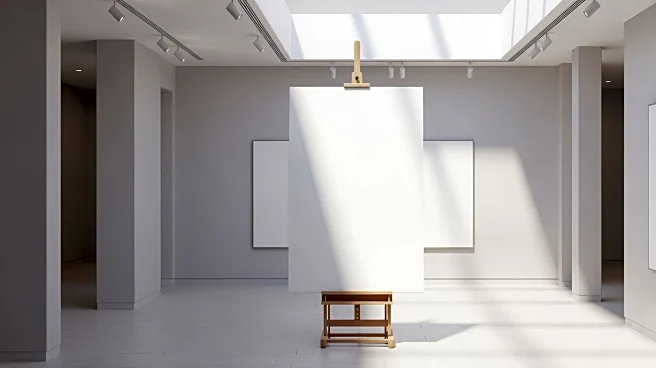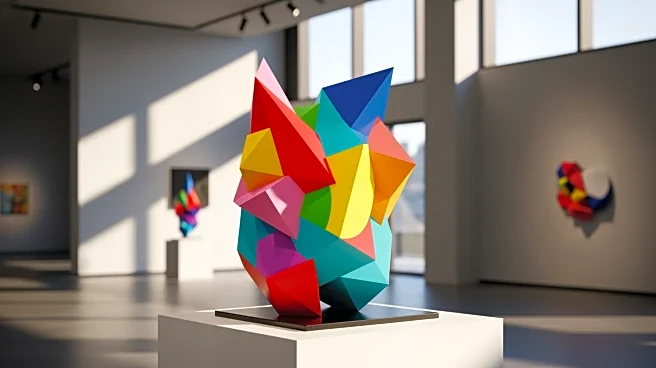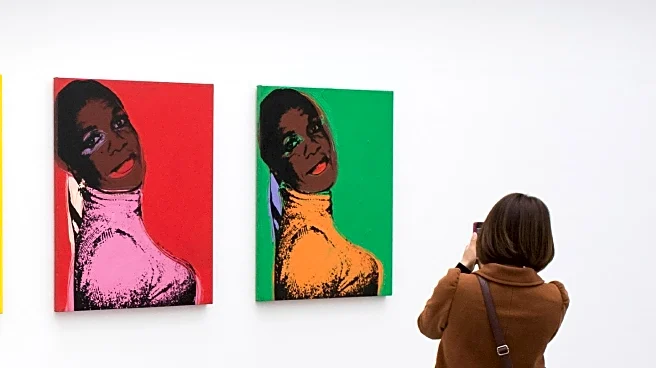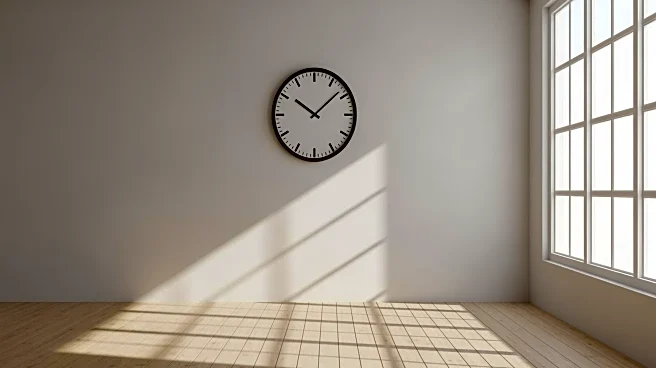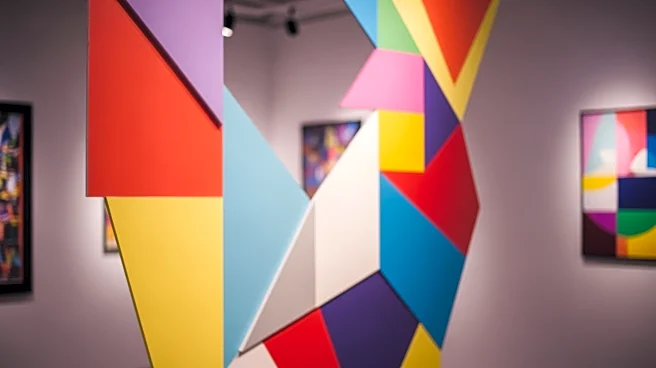What's Happening?
The Studio Museum in Harlem has reopened after nearly eight years without a permanent home, unveiling a new 82,000-square-foot building on 125th Street. Designed by Adjaye Associates with Cooper Robertson, the $300 million facility more than doubles the museum's
exhibition space. The reopening marks a significant moment for the museum, which is dedicated to contemporary Black art. The new building features a cantilevered wood-paneled auditorium, a landscaped roof terrace, and a striking facade. Inaugural exhibitions include works from the museum's permanent collection and new pieces by alumni of its artist-in-residence program. The reopening is celebrated with a free community event on November 15.
Why It's Important?
The reopening of the Studio Museum in Harlem is a pivotal event for the cultural landscape of Harlem and the broader art community. By expanding its exhibition space, the museum enhances its capacity to showcase contemporary Black art, reinforcing its role as a cultural nexus. The new building not only provides a state-of-the-art venue for art exhibitions but also symbolizes resilience and renewal after years of construction delays and pandemic challenges. This development is likely to attract more visitors and increase engagement with the museum's programs, benefiting artists, local communities, and cultural stakeholders.
What's Next?
The Studio Museum's reopening is expected to invigorate Harlem's cultural scene and attract significant attention from the art world. The museum plans to host a series of exhibitions and events that will further establish its presence as a leading institution for Black art. The new space will allow for more diverse programming and collaborations with other cultural institutions. As the museum resumes its full operations, it will likely continue to play a crucial role in promoting and preserving the work of artists of African descent.
Beyond the Headlines
The reopening of the Studio Museum in Harlem highlights broader themes of cultural preservation and community engagement. The museum's commitment to remaining in its historic location on 125th Street underscores the importance of place in cultural identity. The architectural design, inspired by Harlem's vibrant cultural landscape, reflects a deep connection to the community. This project also raises discussions about the role of cultural institutions in urban development and their impact on local economies and social dynamics.



